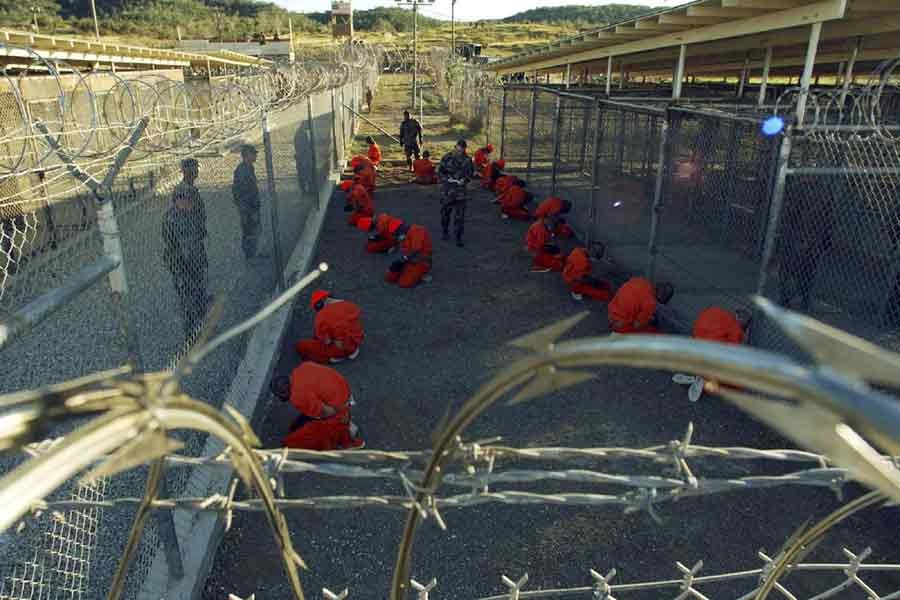The US military has shut down the once-secretive “Camp 7” at its notorious terror suspect detention facility Guantanamo Bay, moving some of its most high-profile prisoners to the main part of the compound.
The transfer took place “safely and without incident”, the US South Command said in a statement on Sunday, as part of an effort to consolidate all detainees from three to two detention units within the prison in order to “increase operational efficiency and effectiveness” and reduce operational costs, reports independent.co.uk.
Camp 7 was one of Guantánamo’s most secretive sites, housing high-value suspects including those connected to the 9/11 attacks on the World Trade Center and other former CIA prisoners, according to reports. It was a maximum-security facility and one of the “black sites” maintained by the US around the world.
The Pentagon has long refused to disclose its details, including when it was built or even acknowledge the location of Camp 7. Reporters have never been allowed to visit it and lawyers were required to get an order from a court to visit the classified location.
According to officials, Camp 7 was suffering structural issues as sewage water poured through the tiers, as well as frequent power cuts. The Pentagon abandoned plans to seek funding to repair and renovate the unit.
On Sunday, the military said all 40 suspects, including 11 who have been charged with war crimes, had been consolidated into Camps 6 and 5 – compounds ringed with razor wire and containing two prison buildings.
Those shifted from Camp 7 included Khalid Shaikh Mohammed, the alleged mastermind 9/11 attacks, and five others who supported the planning and execution of deadly attacks on Pentagon.
The plan to consolidate the prisons was being pursued under former president Donald Trump’s administration. The Biden administration intends to shut down the whole Guantanamo Bay facility permanently, but the move needs approval from Congress.
White House Press Secretary Jen Psaki said: “There are many players from different agencies who need to be part of this policy discussion about the steps forward.” She said a ‘robust review’ would be held into the matter.
The prison was designed to keep detainees confined in their cells, limiting movement to taking showers or being placed in other cells for recreational purposes, accompanied by guards. The prisoners in Camp 7 were limited from talking to each other and only allowed conversations with one other prisoner at a time through a tarp, during recreation periods.
Some detainees at Guantanamo Bay -Reuters file photo


